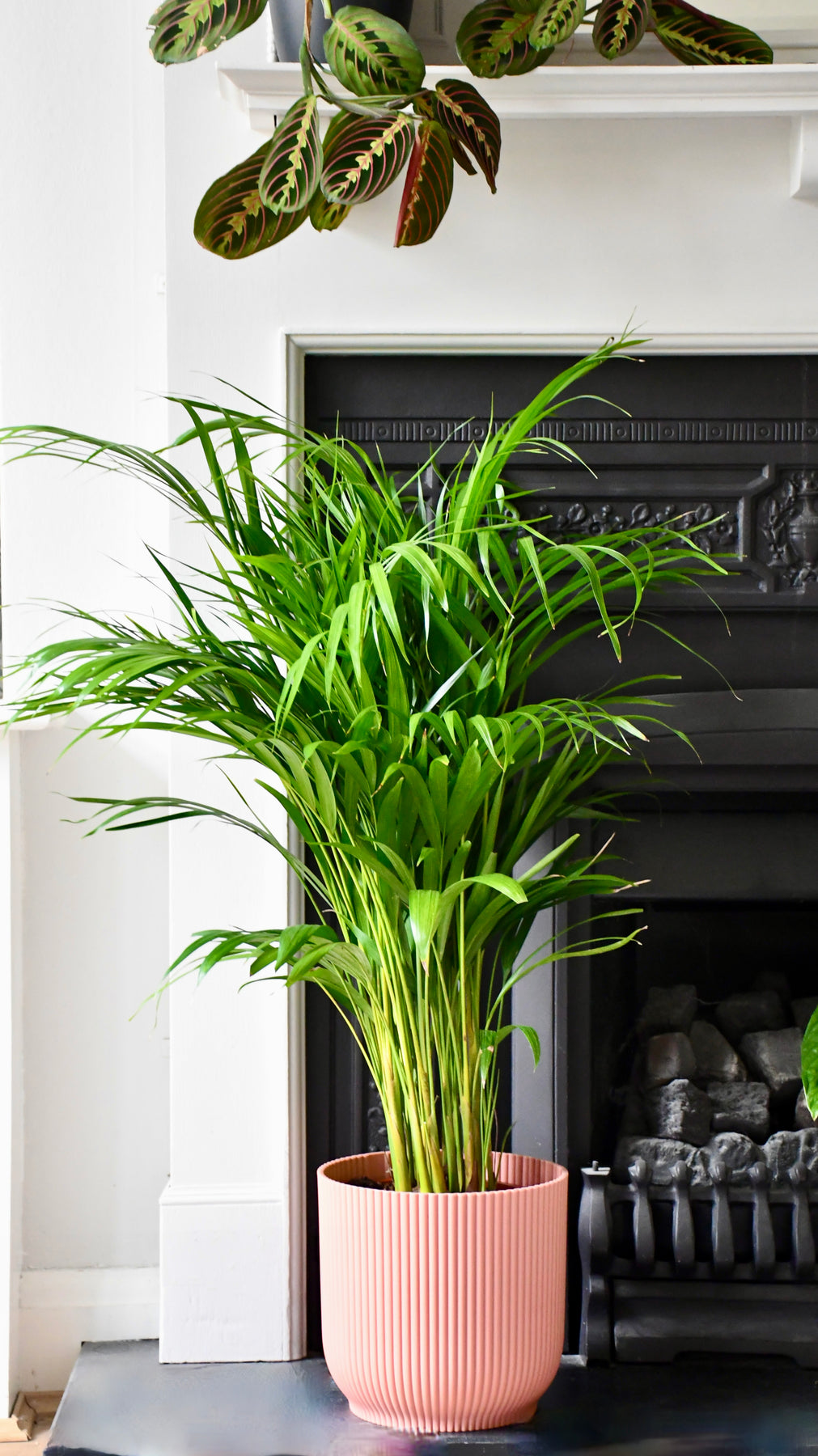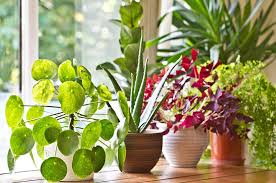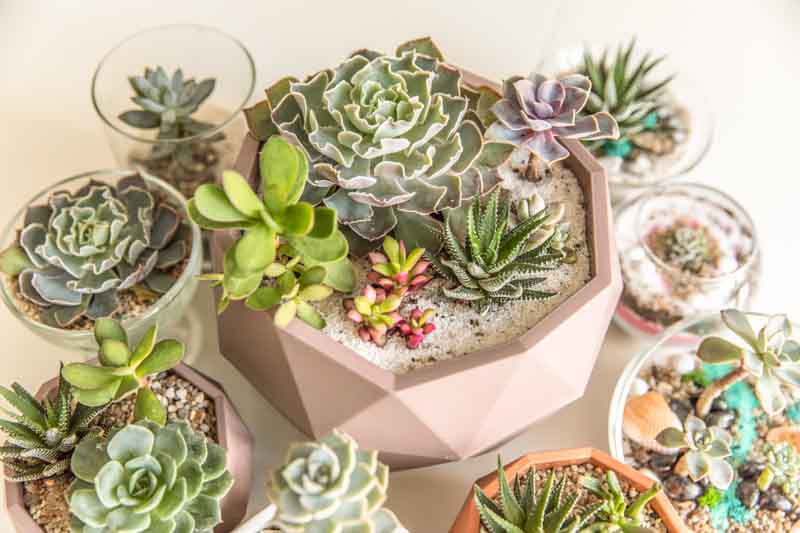Best Plants for Improving Indoor Humidity
Indoor humidity levels can greatly affect our overall well-being. Dry indoor air can lead to irritation of the eyes, nose, and throat, as well as exacerbate conditions such as asthma and allergies. One natural and effective way to increase humidity levels in your home is by incorporating houseplants that release moisture into the air. Not only do these plants serve a practical purpose, but they also add a touch of greenery and beauty to your living space. Here are some of the best plants for improving indoor humidity:
1. Areca Palm
The Areca Palm, also known as the butterfly palm, is a popular choice for indoor plants due to its ability to release moisture into the air. This plant thrives in bright, indirect sunlight and requires regular watering to keep the soil moist. Its lush, feathery fronds can add a tropical touch to any room while helping to increase humidity levels.
2. Boston Fern
The Boston Fern is a classic houseplant that is loved for its graceful, arching fronds and air-purifying qualities. This plant thrives in humid environments, making it an excellent choice for increasing indoor moisture levels. Keep your Boston Fern in a bright, indirect light and mist its leaves regularly to maintain the humidity it needs to thrive.
3. Peace Lily
The Peace Lily is a versatile plant that not only adds a touch of elegance to any room but also helps to improve indoor air quality. This plant thrives in low light conditions and prefers to be kept consistently moist. By keeping the soil damp and misting the leaves regularly, you can enjoy the beauty of the Peace Lily while benefiting from its humidity-boosting properties.
4. Spider Plant
The Spider Plant is a low-maintenance houseplant that is known for its air-purifying qualities and ease of care. This plant is an excellent choice for increasing indoor humidity levels as it releases moisture through its leaves. Place your Spider Plant in a bright, indirect light and water it regularly to keep the soil consistently moist.
5. Parlor Palm
The Parlor Palm is a popular choice for indoor plants due to its elegant appearance and ability to thrive in low light conditions. This plant releases moisture into the air, making it a great option for improving indoor humidity levels. Keep your Parlor Palm in a room with indirect sunlight and water it regularly to maintain the moisture it needs to flourish.
6. Rubber Plant
The Rubber Plant is a hardy and versatile houseplant that is known for its ability to thrive in a variety of indoor conditions. This plant releases moisture through its large, glossy leaves, making it an excellent choice for increasing indoor humidity levels. Place your Rubber Plant in a bright, indirect light and water it regularly to keep the soil moist.
7. English Ivy
English Ivy is a classic houseplant that is loved for its trailing vines and air-purifying qualities. This plant thrives in humid conditions, making it an ideal choice for increasing indoor humidity levels. Keep your English Ivy in a bright, indirect light and mist its leaves regularly to maintain the humidity it needs to thrive.
8. Orchids
Orchids are known for their exquisite beauty and elegant appearance, making them a popular choice for indoor plants. These plants release moisture into the air, helping to increase humidity levels in your home. Keep your orchids in a bright, indirect light and water them regularly to ensure they thrive and continue to release moisture into the air.
Conclusion
Indoor plants not only add beauty to your living space but also serve a practical purpose by improving indoor humidity levels. By incorporating plants that release moisture into the air, you can create a healthier and more comfortable environment for yourself and your family. Consider adding some of the plants mentioned above to your home to enjoy their humidity-boosting properties and the many other benefits they provide.



